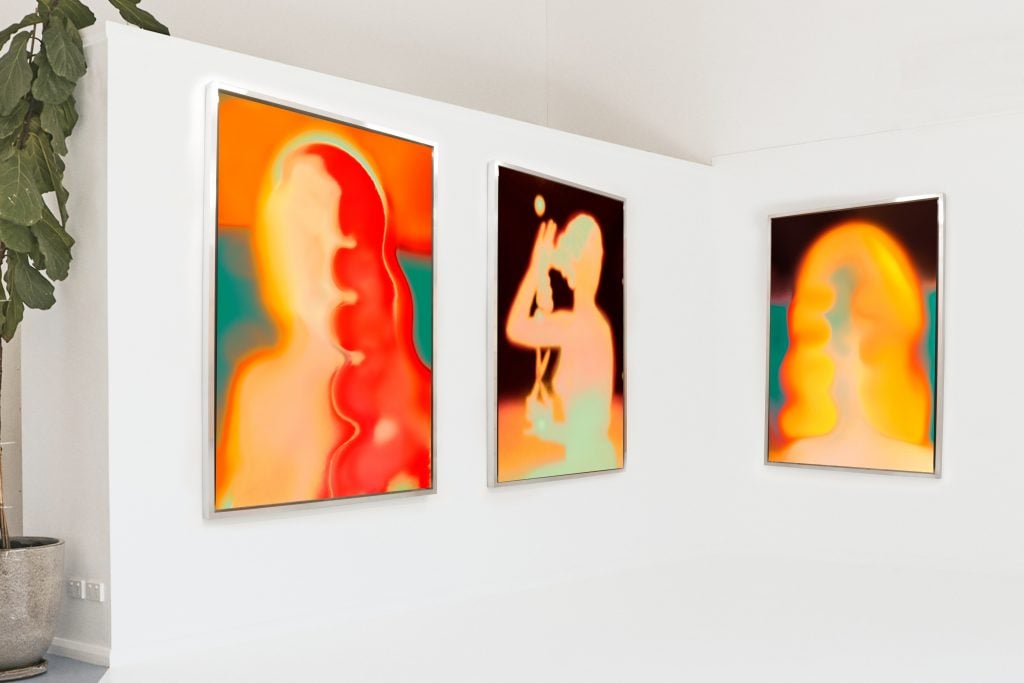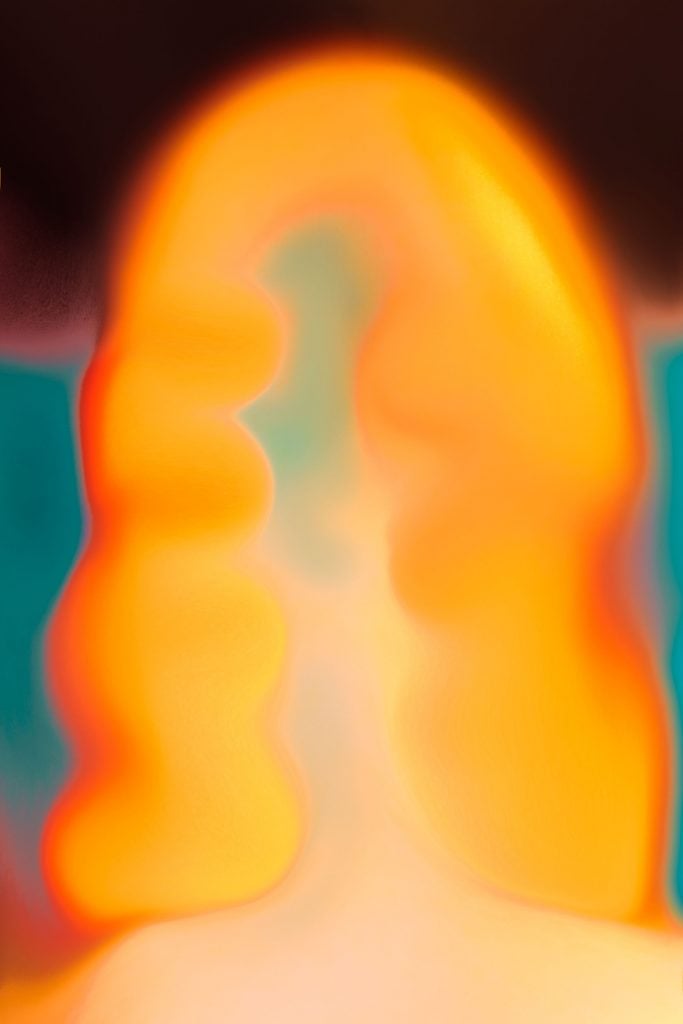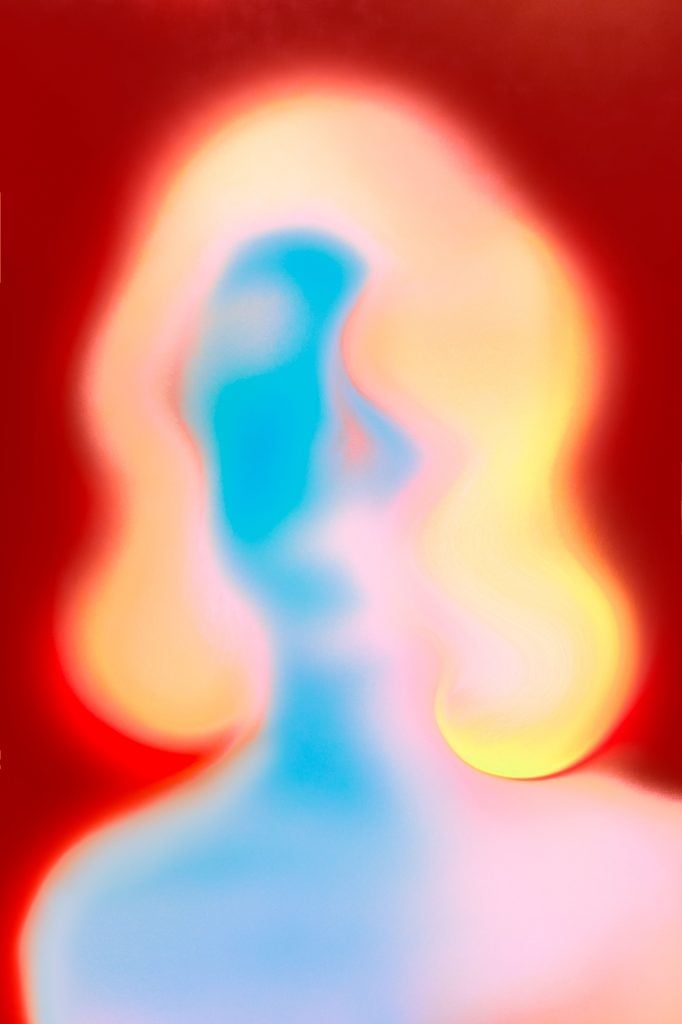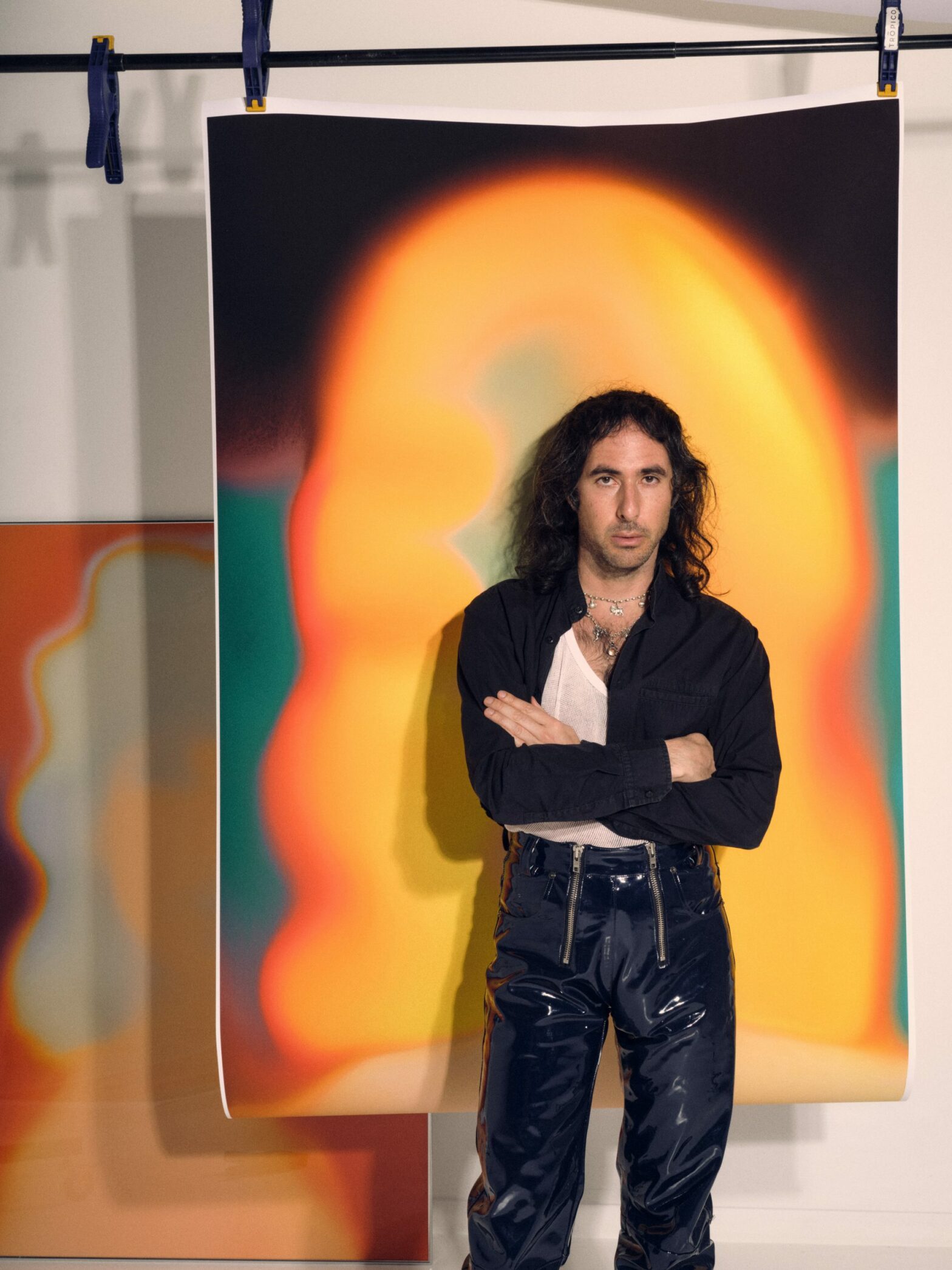[ad_1]
Originally from Venezuela, Australia-based artist Francisco Tavoni (b. 1986) is a photographer whose experimental and vibrantly colored images work to address identity and the ego, and frequently engage with ideas surrounding existentialism. Over the course of his artistic career, Tavoni has undertaken extensive travels around the world, exploring the myriad ways in which societies and cultures affect how people see themselves and others—and seeking out “authenticity in identity.”
Tavoni employs a unique photographic method, involving variously filtering his lenses and printing on cotton rag sheets, that lends the images a distinctly tactile element. Combined with his use of atmospheric undulating of color, the works are immersive, contemplative forays into the subconscious and ideas of self. For those looking to see his work in person, and this May his work will be shown at ATM Gallery in New York. We caught up with the artist to find out more about his practice and inspirations.

Installation view of recent works at Francisco Tavoni’s studio.
Tell us about your journey as an artist. Where did you start?
I used to work in fashion for 10 years. I co-founded a clothing label in Australia and during that time did photography on the side. Then I studied photography, started a photographic studio, and assisted other photographers. Collaborating with other artists and spending those years in the creative industries together gave me the tools to have structure and flow, to understand lighting and colors. Then one day, while experimenting with lights and fabrics, an accident happened. That was the breaking point that led me to what I do today.
How would you describe your creative process? Do you work with a fully formed idea or is it more intuitive?
I write ideas and meditate on them for a few days. I try to look within, at what I like or what has influenced me in the past. In that way, my process is very intuitive. I choose specific people that I share a special personal bond with, who understand what I’m doing—I begin with people. I think about how certain things are timeless: good in the past and still relevant today. I try to imagine how we will see these things in the future.

Francisco Tavoni, Estado Meditativo 1 (2023). Courtesy of the artist.
Can you talk a bit about how you make your work from a technical perspective? How has your method evolved?
I work with colored lens filters, see-through silks with patterned layers, and colored strobe lights. Then it’s a process of luminous inversion that I stumbled upon. Light turns to dark and cold becomes warmth. I’ve recently started to do more portraiture—the work itself showed me that it made the most visual sense for the ideas of identity that I was working with. I use new lens filters and new fabrics so that I get a different result each time.
Where do you most commonly find inspiration? Are there other artists, historical or contemporary, that have influenced you the most?
Lately, I’ve found a lot of inspiration in underground dance clubs and some of the people that go there. It’s a subculture of beautiful creatures. The custom chunky aluminum frames on my works were inspired by some of those industrial nightclub’s aesthetics.
There are many artists that I admire, like Thomas Ruff, Izumi Kato, and Klara Hosnedlová. They inspire me to make better work every day and to continue to evolve my work—but I wouldn’t necessarily say that my work is inspired by theirs directly. I find inspiration in solitude and stillness.

Francisco Tavoni, Estado Meditativo 2 (2023). Courtesy of the artist.
What do you want viewers’ experience of your work to be like? What do you want them to take away with them?
My desire is that viewers will recognize that identity does not have to be (and in fact isn’t) rooted in social conditioning. The work is about peeling those layers of identity and ego to reveal the true core of who we are at a soul level. Social structures and systems—culture, language, nationality—are all forms of ego and they don’t define what we are, and I want the work to help set the viewer free from those norms and escape the matrix.
What are you working on now? Are there any ideas you want to explore that you haven’t yet?
I’m working on the next series. What I can say at the moment is that there will be more storytelling, mainly about experiences that made me challenge my identity. I’m also experimenting with different mediums like paint, video, and performance.
If you were not an artist, what would you be?
There are certain things that I learned from an old mentor about inner work and psychic abilities. Some of these tools help me integrate into different cultural situations and to be at ease with myself. I think these tools can benefit everyone, so I think I would be teaching people about those skills.

Francisco Tavoni, Despertar y Entender (2023). Courtesy of the artist.
Learn more about Francisco Tavoni’s work here.
Follow Artnet News on Facebook:
Want to stay ahead of the art world? Subscribe to our newsletter to get the breaking news, eye-opening interviews, and incisive critical takes that drive the conversation forward.
[ad_2]
